Home>Garden Essentials>Garden Storage>Vegetable Garden Ideas: Designs And Layouts For Backyards
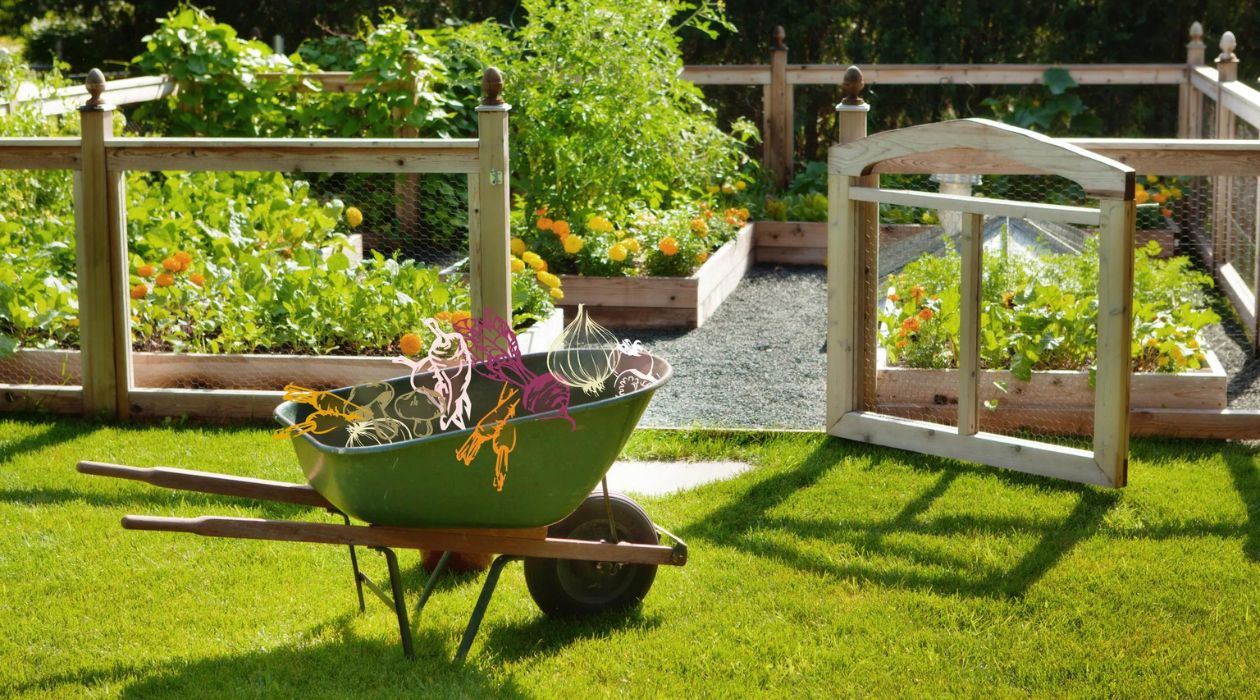

Garden Storage
Vegetable Garden Ideas: Designs And Layouts For Backyards
Modified: January 5, 2024
Discover creative vegetable garden ideas for backyards, including designs and layouts that optimize storage. Create a functional and organized space to grow your own fresh produce.
(Many of the links in this article redirect to a specific reviewed product. Your purchase of these products through affiliate links helps to generate commission for Storables.com, at no extra cost. Learn more)
Introduction
Welcome to the world of vegetable gardening! Whether you have a spacious backyard or a small balcony, growing your own vegetables is a rewarding and fulfilling experience. Not only does it provide you with fresh and delicious produce, but it also allows you to connect with nature and take control of what you put on your plate.
In this article, we will explore different vegetable garden ideas, designs, and layouts that you can implement in your own outdoor space. From container gardening to raised bed gardens, vertical gardening to companion planting, we will cover a variety of techniques and styles to suit your preferences and needs.
But before we dive into the specific designs and layouts, let’s take a moment to understand the benefits of growing your own vegetables. Firstly, homegrown vegetables are incredibly nutritious. Packed with vitamins, minerals, and antioxidants, they are far superior in quality compared to store-bought options. Additionally, by growing your own produce, you have full control over how it is grown. You can choose to use organic and sustainable gardening practices, ensuring that your food is free from harmful chemicals.
Furthermore, vegetable gardening is a fantastic way to save money. Buying fresh vegetables from the grocery store can quickly add up, but by growing your own, you can significantly cut down on your grocery expenses. Plus, you have the added bonus of knowing exactly where your food comes from and how it was grown.
Gardening is also a great form of physical and mental exercise. Spending time outdoors, tending to your plants, and getting your hands dirty is not only good for your physical health but also helps reduce stress and improve your overall well-being. It provides a sense of accomplishment and satisfaction when you see your plants thrive and eventually harvest your homegrown vegetables.
Now that we understand the numerous benefits of vegetable gardening, let’s explore some exciting and innovative ideas for designing and laying out your vegetable garden.
Key Takeaways:
- Embrace the world of vegetable gardening with innovative designs and layouts, from container gardening to permaculture principles, to create a vibrant and bountiful oasis in your outdoor space.
- Incorporate edible landscaping and sustainable practices to transform your garden into a visually stunning and productive space, providing fresh, homegrown produce while supporting the environment.
Container Gardening
Container gardening is a fantastic option for those with limited space or who want to have a portable garden. With the right containers and proper care, you can grow a wide variety of vegetables right on your balcony, patio, or even windowsill.
When it comes to choosing the right containers for your vegetable garden, there are a few factors to consider. First, ensure that the container has adequate drainage holes to prevent waterlogging. Look for containers made of durable materials such as plastic, ceramic, or wood that can withstand outdoor conditions. Consider the size of the container as different vegetables require different amounts of space to grow. Herbs, salad greens, and smaller vegetables can be grown in smaller containers, while larger vegetables like tomatoes and peppers may need larger pots.
Now let’s talk about the best vegetables for container gardening. Many vegetables are well-suited for container growing, including tomatoes, peppers, cucumbers, lettuce, spinach, herbs, and even root vegetables like carrots and radishes. When choosing vegetable varieties, opt for compact or dwarf varieties specifically bred for container gardening.
Once you have chosen your containers and selected the vegetables you want to grow, it’s time to plan your container garden layout. One popular approach is to create a “thrill, fill, and spill” arrangement. Place a tall and eye-catching vegetable, such as a tomato plant, in the center (the “thrill”). Surround it with smaller vegetables or herbs (the “fill”) to create a lush and full container. Finally, add trailing plants like cascading cherry tomatoes or herbs that spill over the edges of the container (the “spill”) for added visual interest.
Another container garden layout idea is to create a vertical garden using trellises or stakes. This allows you to maximize space and grow vining vegetables like cucumbers or beans upwards. You can also experiment with stacking containers, creating a tiered garden that adds depth and dimension to your outdoor space.
Remember, when it comes to container gardening, it’s essential to provide regular water and nourishment to your plants. Containers tend to dry out faster than traditional garden beds, so make sure to water them regularly and use a good quality potting mix enriched with organic matter to provide necessary nutrients.
With container gardening, you can enjoy the beauty and abundance of a vegetable garden no matter how limited your space may be. Get creative with your container choices, select the right vegetables, and design a layout that suits your style and needs.
Raised Bed Gardens
Raised bed gardening is a popular approach that offers numerous benefits and allows for easy maintenance and high vegetable yields. By creating raised garden beds, you can overcome common gardening challenges, improve soil quality, and create a visually appealing garden space.
One of the main advantages of raised bed gardening is the ability to have more control over the soil. Raised beds are typically filled with a mixture of compost, topsoil, and other organic matter, resulting in a nutrient-rich and well-draining growing medium. This enables plants to establish strong root systems and promotes healthy growth.
In addition to better soil quality, raised beds also provide excellent drainage. This is particularly beneficial for areas with heavy clay or compacted soil, where water retention can be an issue. With raised beds, excess water drains away more easily, preventing waterlogged roots and reducing the risk of fungal diseases.
Raised beds also make it easier to manage weeds. By elevating your vegetable garden, you can create a clear boundary between your plants and the surrounding soil, making it more difficult for weeds to invade. Regular maintenance, such as mulching and hand weeding, becomes more manageable in a raised bed layout.
When it comes to raised bed designs and styles, there are several options to choose from. Classic raised beds are rectangular or square in shape, built with wooden or plastic board frames. These can be customized to any size to fit your available space. Some gardeners prefer to use galvanized metal troughs or repurposed materials such as old wine barrels or cinder blocks as raised bed borders, adding a unique touch to their garden design.
Another option is a tiered raised bed layout, where multiple levels of raised beds are stacked on top of each other. This style helps maximize vertical space and creates an interesting visual display. It is particularly useful for gardens with sloping terrain or limited space.
When planning your raised bed layout, consider factors such as sunlight exposure, access to water, and the spacing requirements of your chosen vegetables. Group plants with similar sun and water needs together to ensure proper care and optimal growth. Leave enough space between each bed to allow for easy movement and maintenance. It’s also a good idea to include paths and walkways to navigate through your garden without stepping on the soil.
When building raised beds, make sure to use untreated wood or materials that are safe for growing vegetables. Avoid using pressure-treated lumber, as it can leach chemicals into the soil. If you prefer a more environmentally friendly option, consider using recycled plastic or composite materials.
Raised bed gardening offers a wealth of benefits and allows you to create a customized and productive vegetable garden. With proper planning, design, and maintenance, your raised bed garden will flourish, providing you with a bountiful harvest of homegrown vegetables.
Vertical Gardening
Vertical gardening is an innovative and space-saving technique that allows you to utilize vertical space to grow vegetables. Whether you have a small balcony or a tiny backyard, vertical gardening can help you maximize your growing area and create a visually stunning garden.
One of the main advantages of vertical gardening is its ability to make the most of limited space. By growing plants vertically, you can grow more vegetables in a smaller footprint. This is especially useful for urban gardeners or those with limited outdoor space.
There are various types of vertical garden structures that you can use to grow your vegetables. One option is a trellis or support system, which provides a framework for vining plants to grow on. This is ideal for vegetables like cucumbers, beans, and peas that naturally climb or trail. Simply attach the trellis to a wall or place it in a sturdy container, and train the plants to grow up the structure.
Another popular vertical gardening technique is using stacked or tiered planters. These are self-contained units that allow you to stack several planters on top of each other. Each planter has multiple pockets or slots for planting, providing vertical growing space. This method works well for herbs, lettuce, strawberries, and other small or shallow-rooted vegetables.
Vertical garden towers are also a wonderful way to grow vegetables in tight spaces. These towers consist of multiple planting pockets stacked on top of one another, creating a tower-like structure. They can be freestanding or mounted on a wall or fence. Vegetables like lettuce, spinach, and herbs thrive in these towers, thanks to their shallow root systems.
When choosing vegetables for vertical gardening, it’s important to select varieties that are well-suited for confined spaces and vertical growth. Look for compact or bush varieties of tomatoes, peppers, cucumbers, and squash. Vegetables with trailing or cascading habits, such as cherry tomatoes or trailing herbs like thyme and oregano, are also great choices for vertical gardening.
Proper care and maintenance are crucial for vertical gardens. Regularly check for pests, provide sufficient water, and provide support for heavy fruiting plants. Regular pruning and training of the plants will help them stay healthy and ensure maximum productivity.
Vertical gardening offers a practical and visually appealing solution for growing vegetables in small spaces. By utilizing vertical space, you can create a stunning garden that not only provides you with fresh produce but also adds a unique and artistic element to your outdoor space.
Companion Planting
Companion planting is a gardening technique where specific plants are grown together to enhance growth, repel pests, and improve overall plant health. By strategically combining compatible plants, you can create a harmonious and beneficial environment for your vegetable garden.
Understanding the concept of companion planting is essential to make the most of this technique. Some plants have natural qualities that repel pests, while others attract beneficial insects. Certain plants also improve soil fertility or provide shade and support for neighboring plants. By grouping these plants together, you can create a balanced ecosystem that promotes healthy growth and discourages pests and diseases.
When it comes to vegetable combinations for successful companion planting, there are several tried-and-true combinations that work well together. One classic example is tomatoes and basil. Basil acts as a natural repellent for pests that commonly affect tomato plants, while also enhancing the flavor of the tomatoes.
Another popular combination is pairing carrots with onions or garlic. Onions and garlic help repel carrot flies, which are notorious pests for carrot crops. The strong scent of these alliums masks the odor of carrots, making it difficult for the flies to locate the plants.
Beans and peas are known as legumes, which have the unique ability to fix nitrogen in the soil. This means they naturally replenish the soil with nitrogen, benefiting neighboring plants. Growing beans or peas alongside nitrogen-hungry vegetables like lettuce or cabbage can provide a natural source of nitrogen, reducing the need for additional fertilizers.
When designing a companion planting garden, it’s essential to consider the growth habits and spacing requirements of each individual plant. Group together plants that have similar water and sunlight needs to ensure proper care. Additionally, take into account the height and spread of each plant, ensuring that taller plants do not shade out smaller ones.
You can create companion planting arrangements by interplanting compatible plants throughout your vegetable garden or by creating dedicated companion planting beds or sections. Some gardeners prefer to create raised beds or small plots specifically for companion planting, allowing for easy organization and maintenance.
It’s important to note that not all plants make good companions, and some combinations may have adverse effects. For example, tomatoes and potatoes are not recommended to be planted together as both are susceptible to similar diseases and pests, increasing the risk of infection and infestation.
Companion planting is an excellent way to create a mutually beneficial environment for your vegetable garden. By understanding which plants work well together and designing your garden accordingly, you can harness the power of nature to achieve healthier plants, higher yields, and a more beautiful and vibrant garden.
Square Foot Gardening
Square foot gardening is a gardening technique that maximizes space and increases productivity by dividing the growing area into small, defined sections. With square foot gardening, you can efficiently utilize every inch of your garden and grow a wide variety of vegetables, herbs, and flowers.
The concept of square foot gardening was developed by Mel Bartholomew in the 1980s and has gained popularity for its simplicity and effectiveness. The technique involves creating raised beds or dividing your garden into square foot sections, typically 4×4 feet or smaller.
When planning and creating a square foot garden, first determine the size and layout of your garden beds. Divide the area into equal, square sections using string, boards, or other markers. Each square can then be further divided into smaller squares or grids, typically measuring one foot by one foot. These squares serve as planting spaces for different vegetables or herbs.
Maximizing vegetable yield is one of the key benefits of square foot gardening. Rather than planting in rows with wide spacing, square foot gardening allows you to densely plant crops in each square. The result is a high yield from a small area, as the plants utilize the space efficiently and there is less wasted space between rows.
To create a square foot garden, you can use raised beds or construct frames to border each square. Raised beds are preferred as they provide good drainage, enable easy access for watering and maintenance, and prevent soil compaction. Fill the beds with a nutrient-rich soil mix consisting of compost, peat moss, and vermiculite to create a fertile and well-draining growing medium.
When it comes to planting in a square foot garden, follow the spacing rules for each vegetable. For example, larger plants like tomatoes or peppers may require one square per plant, while smaller plants like lettuce or radishes can be planted in multiple squares, maximizing productivity. Some crops, such as climbing plants like cucumbers or beans, can be trained to grow vertically, saving even more space.
In square foot gardening, succession planting is another technique that ensures a continuous harvest throughout the growing season. Once a square is harvested, replant it with another crop, allowing you to make the most of your garden space and extend the harvest period.
Regular maintenance is crucial in square foot gardening. Keep an eye on watering needs, as the denser planting can result in higher water requirements. Mulching the soil surface helps retain moisture and suppress weed growth. Regular weeding and monitoring for pests and diseases are also essential to maintain a healthy and productive garden.
Square foot gardening is an efficient and practical approach to maximize your vegetable yield in a limited space. By carefully planning and planting in defined squares, you can enjoy a bountiful harvest, conserve water, weed less, and make the most of your garden space.
When planning your vegetable garden layout, consider companion planting to maximize space and deter pests. For example, plant tomatoes with basil and marigolds to improve flavor and repel insects.
Cottage Garden Vegetable Patch
A cottage garden vegetable patch combines the charm and beauty of a traditional cottage garden with the productivity of a vegetable garden. It’s a wonderful way to create a visually stunning and functional space that adds character and whimsy to your outdoor area.
When creating a cottage garden design for vegetables, it’s important to incorporate elements of traditional cottage gardens. These gardens often feature a mix of flowers, herbs, and vegetables, with a more relaxed and informal layout. The key is to create a sense of abundance and variety while still maintaining a cohesive and aesthetically pleasing design.
Plant selection and arrangement play a vital role in a cottage garden vegetable patch. Choose a mix of flowers, herbs, and vegetables that are both productive and beautiful. Opt for heirloom and cottage garden varieties that have unique colors, textures, and shapes. For example, mix vibrant tomatoes or peppers with fragrant herbs like lavender or rosemary. Incorporate edible flowers like nasturtiums or calendula for an added touch of color and taste.
Arrange the plants in a free-flowing and informal manner, avoiding perfect rows or strict geometric patterns. Mix different plant heights and textures to create interest and depth. Allow plants to intertwine and weave together, creating a romantic and enchanting atmosphere. Consider planting taller plants like sunflowers or corn as a backdrop, with shorter vegetables and flowers in the foreground.
Incorporating decorative elements into your vegetable patch adds a unique charm to your cottage garden design. Utilize whimsical trellises or arches for climbing plants, such as beans or cucumbers, adding vertical interest and creating a focal point. Use colorful and vintage containers or upcycled items as planters to add a touch of nostalgia and creativity.
Pathways and edging are also essential in creating a cottage garden feel. Use stepping stones, gravel, or even mulch to define paths and borders within your vegetable patch. Nestle aromatic herbs or low-growing flowers along the edges to soften the boundaries and add fragrance.
Additionally, you can incorporate seating areas or quaint garden structures like benches, arbors, or birdhouses. These decorative elements create inviting spaces within your vegetable patch, where you can relax and enjoy the beauty of your garden.
Maintain a balance between aesthetics and productivity in your cottage garden vegetable patch. Regularly tend to your plants, providing proper care and maintenance, and harvesting the fruits of your labor. Don’t be afraid to experiment and let your creativity shine in this unique and charming style of vegetable gardening.
Lasagna Gardening
Lasagna gardening, also known as sheet composting, is a no-dig gardening technique that allows you to create a nutrient-rich soil bed for growing vegetables. It eliminates the laborious task of digging and tilling the soil, making it an attractive option for both beginner and experienced gardeners.
So, what exactly is lasagna gardening? It involves layering organic materials, such as newspaper, cardboard, compost, leaves, straw, and kitchen scraps, to create a garden bed. The layers break down over time, providing nutrients to the plants and improving the soil structure.
The layering technique for lasagna gardening starts with a layer of cardboard or newspaper placed directly on the ground to suppress weeds and create a base. This layer should be thick enough to prevent any existing vegetation from growing through it.
On top of the cardboard or newspaper, begin layering various organic materials. Start with a layer of nitrogen-rich compost or aged manure, followed by a layer of carbon-rich materials like dry leaves or straw. Alternate the layers, moistening each one as you go along to promote decomposition.
You can continue adding layers of compost, straw, grass clippings, shredded newspaper, kitchen scraps, and any other organic matter you have available. The goal is to create a thick and layered bed that mimics the natural decomposition process of organic materials in a forest ecosystem.
Building a lasagna garden bed is a straightforward process. Start by selecting the location for your garden bed, making sure it receives adequate sunlight. Clear any existing vegetation or weeds from the area.
Next, gather the organic materials you’ll need, such as cardboard, newspaper, compost, leaves, and straw. Cut or tear the cardboard and newspaper into manageable pieces, making sure to overlap them to create a solid barrier against weeds.
Begin layering the materials, starting with the cardboard or newspaper as the base layer. Add alternating layers of compost and carbon-rich materials, moistening each layer as you go along. Aim to create a lasagna garden bed that is at least 12-18 inches thick, although it can be deeper if desired.
After constructing the lasagna garden bed, allow it to settle and decompose for a few weeks before planting. The organic materials will gradually break down, creating rich and fertile soil for your vegetable plants to thrive.
One of the key benefits of lasagna gardening is its ability to improve soil structure and fertility. The layers of organic materials enhance moisture retention, drainage, and microbial activity in the soil, creating an ideal environment for plant roots to grow. Additionally, lasagna gardening helps suppress weeds and reduce the need for additional fertilizers.
Overall, lasagna gardening offers a simple and sustainable approach to vegetable gardening. It allows you to create nutrient-rich soil beds without the hassle of tilling, making it an excellent choice for those looking for a low-maintenance and environmentally-friendly gardening method.
Permaculture Gardens
Permaculture gardening is a holistic and sustainable approach to designing and maintaining a vegetable garden. It is based on the principles of mimicking natural ecosystems and using resources wisely. By practicing permaculture, you can create a self-sustaining and resilient garden that provides an abundance of food while minimizing environmental impact.
Understanding the principles of permaculture is essential when designing a permaculture vegetable garden. The core principles include observing and interacting with nature, using resources efficiently, producing no waste, and valuing diversity. Permaculture also emphasizes the importance of creating beneficial relationships within the garden ecosystem and designing systems that are harmonious with the natural environment.
When designing a permaculture vegetable garden, consider the concept of “zones.” Zones are areas within the garden that are organized based on their frequency of use and the resources required. Zone 0 represents the central living space, while Zone 1 is located closest to the house and consists of high-maintenance crops that require frequent harvesting. Zones 2 and 3 feature medium-maintenance crops, while Zones 4 and 5 encompass areas of low-maintenance and wild or native vegetation.
One of the key benefits of permaculture gardening is its focus on diversity. By planting a variety of vegetables, herbs, and other plants, you create a balanced ecosystem that supports beneficial insects, improves soil health, and reduces the risk of pests and diseases. Incorporate companion planting, polycultures, and diverse crop rotations to maximize biodiversity and create a resilient garden system.
Permaculture gardens also prioritize resource efficiency. Implement water conservation techniques such as rainwater harvesting, mulching, and using efficient irrigation systems. Use organic matter like compost and cover crops to enrich the soil, minimizing the need for synthetic fertilizers. Incorporate perennials and perennial vegetables to reduce the amount of annual planting and ensure long-term productivity.
Another benefit of permaculture gardening is the focus on reducing waste. Use organic materials from the garden, such as pruned branches, leaves, and kitchen scraps, to create compost or natural mulch. Composting not only reduces waste but also enriches the soil and promotes healthy plant growth.
Permaculture gardens are designed to be self-sustaining and require minimal inputs once established. By creating a healthy and balanced ecosystem, the garden becomes less dependent on external resources and increasingly resilient to climate fluctuations. This results in long-term savings on water, fertilizer, and energy.
Overall, permaculture gardening offers a holistic and sustainable approach to vegetable gardening. By understanding and implementing permaculture principles, you can create a thriving garden that provides an abundance of food, supports local ecosystems, and minimizes environmental impact.
Edible Landscaping
Edible landscaping is a creative and practical way to combine aesthetics and functionality in your garden. It involves incorporating edible plants and vegetables into your existing landscape design, creating a space that is not only visually appealing but also provides an abundant source of fresh, homegrown produce.
The key to successful edible landscaping is seamlessly integrating edible plants into your garden design. With careful planning and thoughtful placement, you can create a functional and beautiful space that serves both ornamental and culinary purposes.
When incorporating vegetables into your existing landscape design, consider the specific needs of each plant. Choose vegetables that thrive in your local climate and have a visually appealing growth habit. For example, climbing vegetables like beans or cucumbers can be trained to grow up trellises or arbors, adding vertical interest to your garden. Colorful vegetables such as rainbow Swiss chard, purple kale, or luminous tomatoes can bring vibrancy and visual appeal to flower beds or borders.
Integrate edible plants alongside ornamental plants to create a harmonious and diverse garden. Consider mixing herbs and salad greens with flowering perennials or creating a border of edible flowers surrounding a central focal point. Grouping vegetables with complementary colors and textures can create beautiful visual combinations.
Edible landscaping ideas and inspiration are abundant. You can create an edible herb garden in containers placed strategically around your patio or deck, providing easy access to fresh herbs for cooking. Design a fruit tree grove as a centerpiece or focal point in your garden, with smaller edible plants and herbs planted in the surrounding area. Alternatively, use raised beds or container gardens as standalone features, intermixing vegetables, herbs, and edible flowers for a stunning and productive display.
Include hardscaping elements such as pathways, seating areas, or decorative structures within your edible landscape design. Use materials like decorative stones or bricks to create functional and visually appealing paths that guide visitors through the garden. Incorporate comfortable seating areas where you can relax and enjoy the beauty and bounty of your edible landscape. Add trellises, arches, or fences for vertical gardening or to support climbing vegetables.
Edible landscaping not only provides you with delicious homegrown fruits, vegetables, and herbs but also contributes to a more sustainable lifestyle. By growing your own food, you reduce your carbon footprint and reliance on commercially produced produce. It also offers the opportunity to teach children about sustainable practices and the importance of fresh, healthy food.
With edible landscaping, you can transform your garden into a productive and visually stunning space that brings joy, nourishment, and beauty to your outdoor living area.
Conclusion
Embarking on the journey of vegetable gardening is a rewarding and fulfilling endeavor. Whether you have a small balcony, a spacious backyard, or an existing landscape, there are endless possibilities for creating a vegetable garden that suits your space and style. From container gardening to raised beds, vertical gardening to companion planting, square foot gardening to cottage garden designs, lasagna gardening to permaculture principles, and edible landscaping, the options are diverse and exciting.
By incorporating these various techniques and designs into your vegetable gardening efforts, you can maximize your growing space, enhance the beauty of your outdoor area, and experience the joy of harvesting your own fresh and nutritious produce.
Remember to strike a balance between aesthetics and functionality in your garden. Utilize creative and innovative ideas to make the most of your available space. Experiment with different plant combinations, designs, and layouts to find what works best for you.
Throughout your gardening journey, keep in mind the principles of sustainability and eco-friendliness. Choose organic and sustainable gardening practices, minimize waste, conserve water, and promote biodiversity. By being mindful of these principles, you can create a garden that not only benefits you and your family but also supports the environment and local ecosystems.
Perhaps most importantly, enjoy the process. Gardening is a lifelong journey of learning and discovery. Embrace the trials and errors, the joys and challenges, and the beauty of watching your garden thrive. Not only will you reap the harvest of your labor, but you will also cultivate a deeper connection with nature and a greater appreciation for the food you grow.
So, go ahead and dive into the world of vegetable garden ideas, designs, and layouts. Get your hands dirty, unleash your creativity, and watch as your garden transforms into a vibrant and fruitful oasis.
Frequently Asked Questions about Vegetable Garden Ideas: Designs And Layouts For Backyards
Was this page helpful?
At Storables.com, we guarantee accurate and reliable information. Our content, validated by Expert Board Contributors, is crafted following stringent Editorial Policies. We're committed to providing you with well-researched, expert-backed insights for all your informational needs.
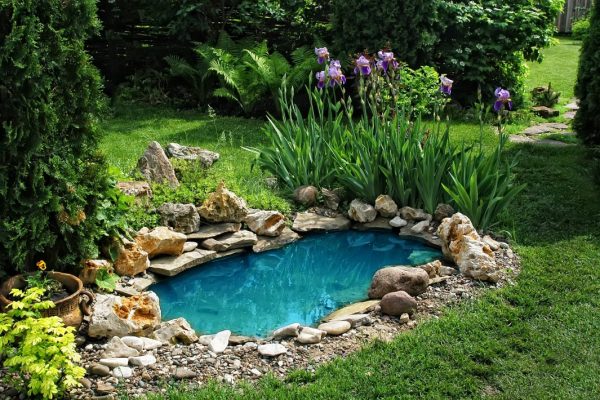
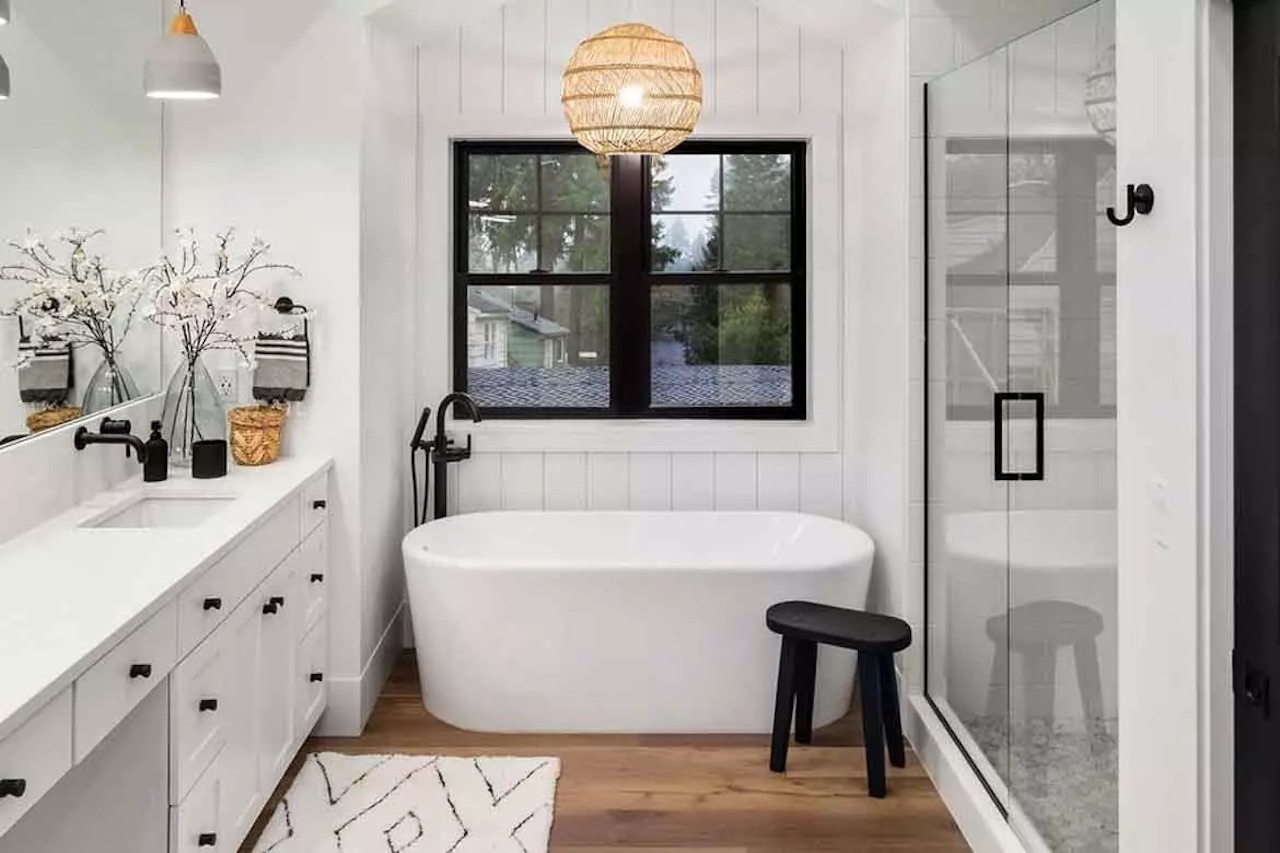

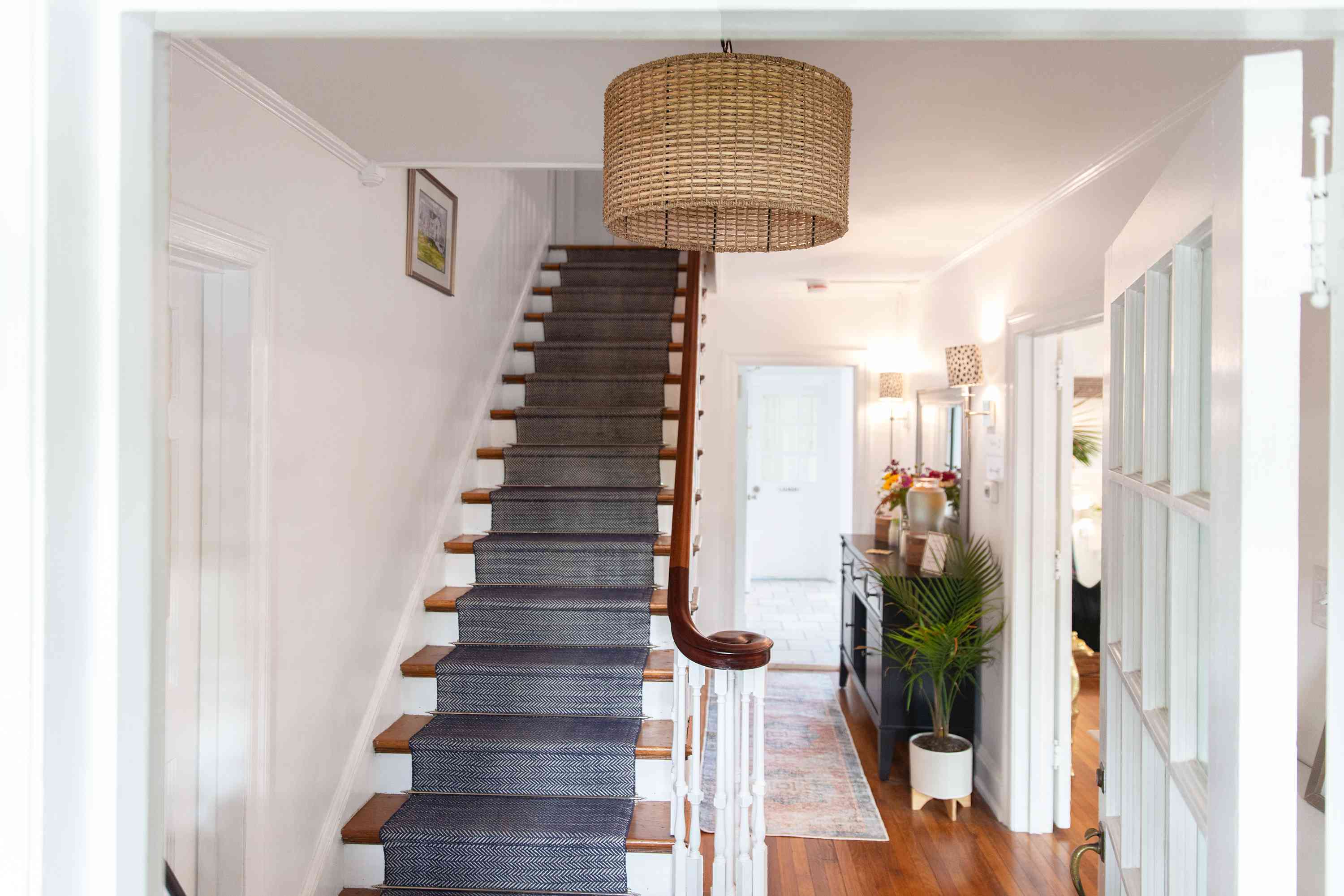

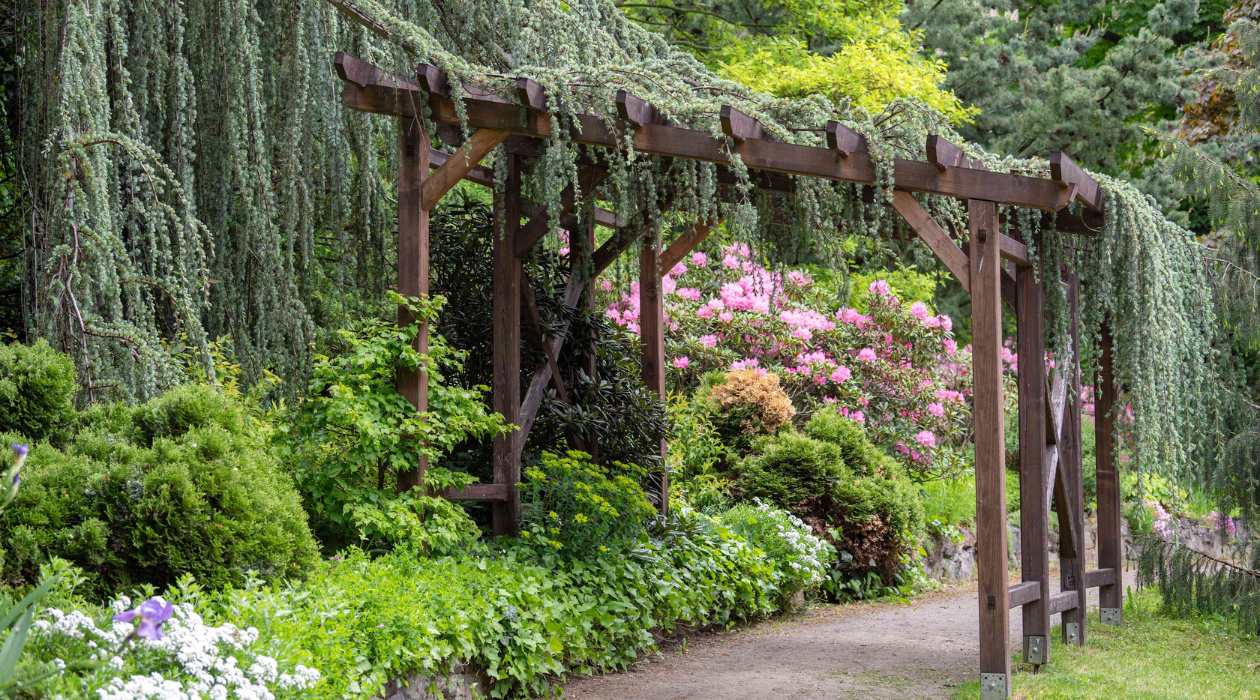
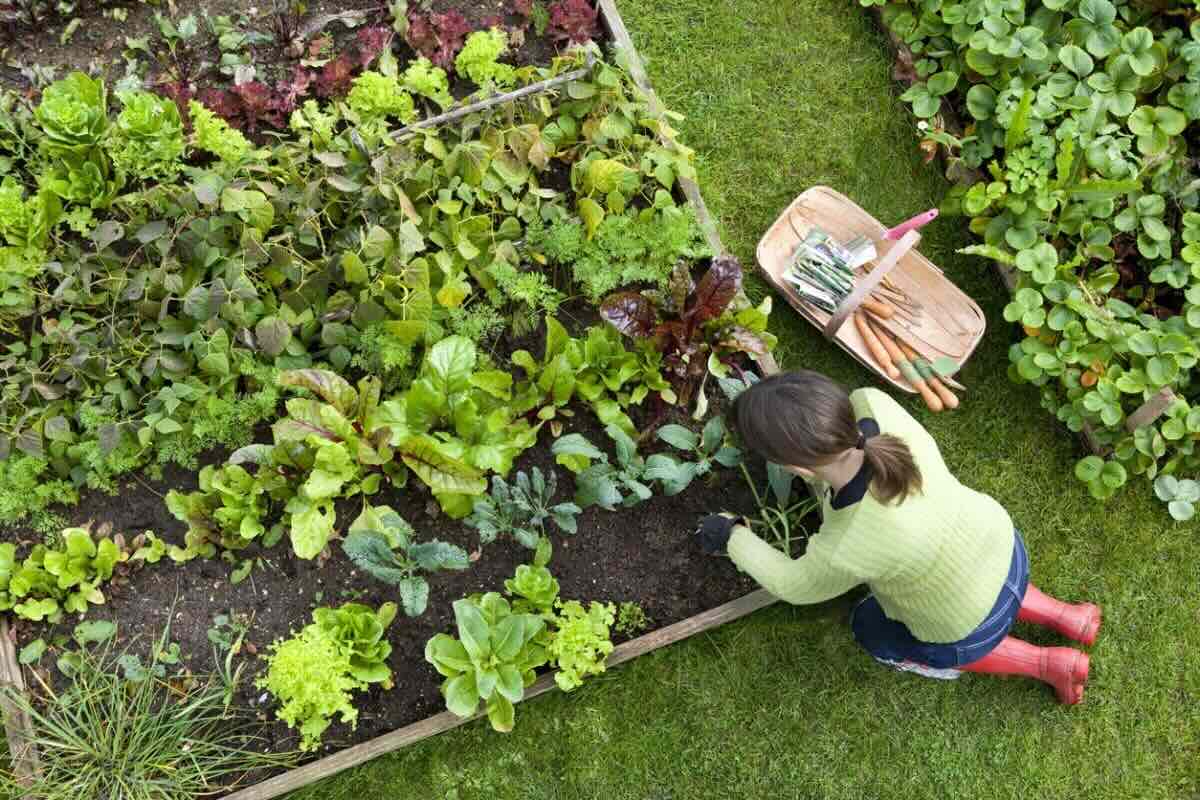
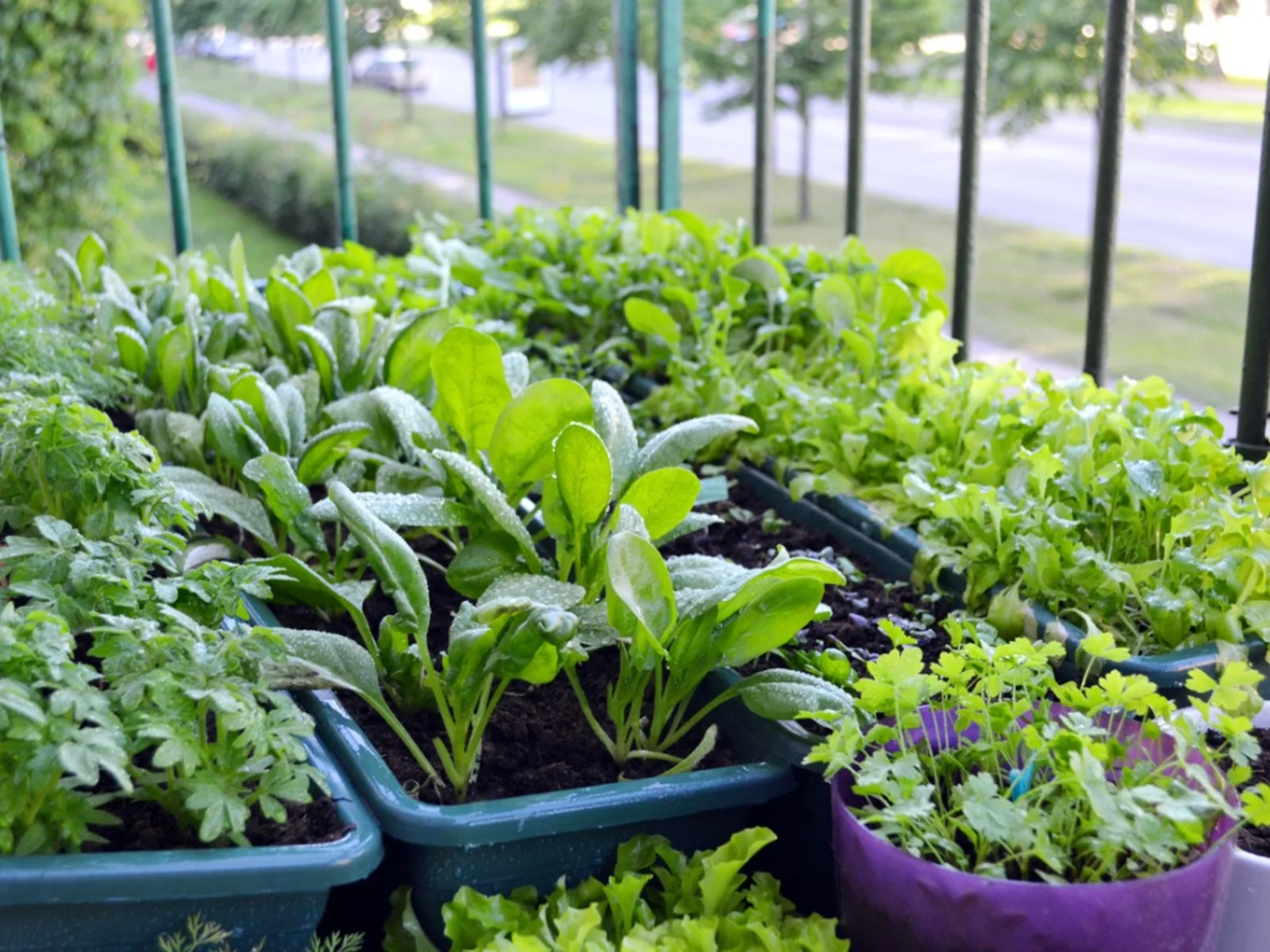



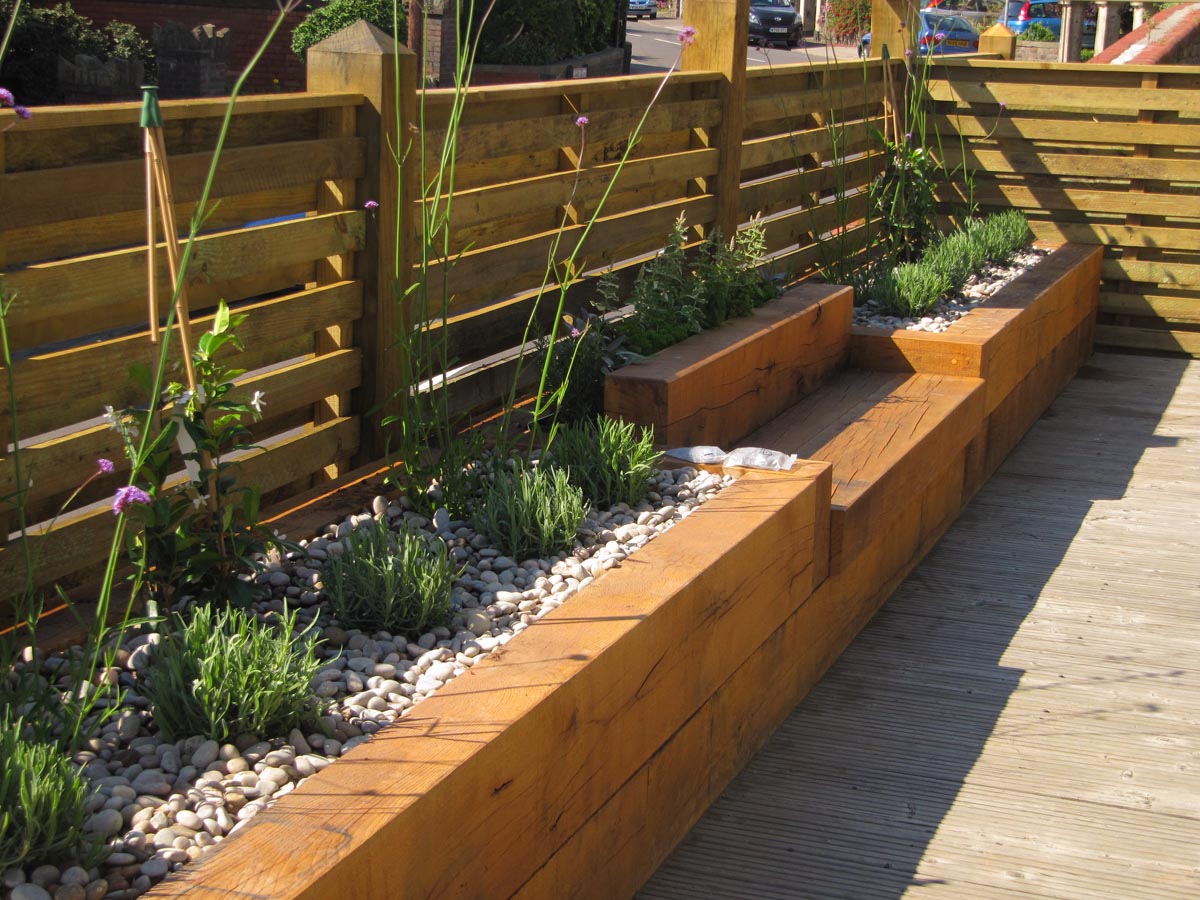
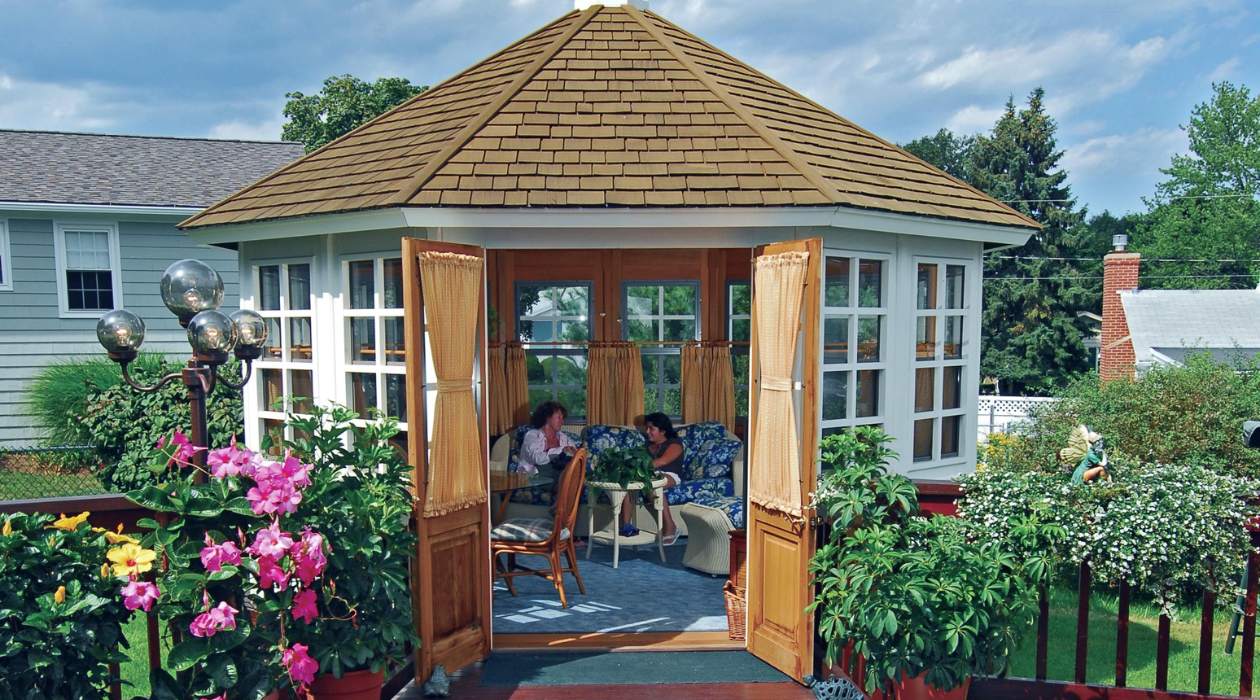

0 thoughts on “Vegetable Garden Ideas: Designs And Layouts For Backyards”